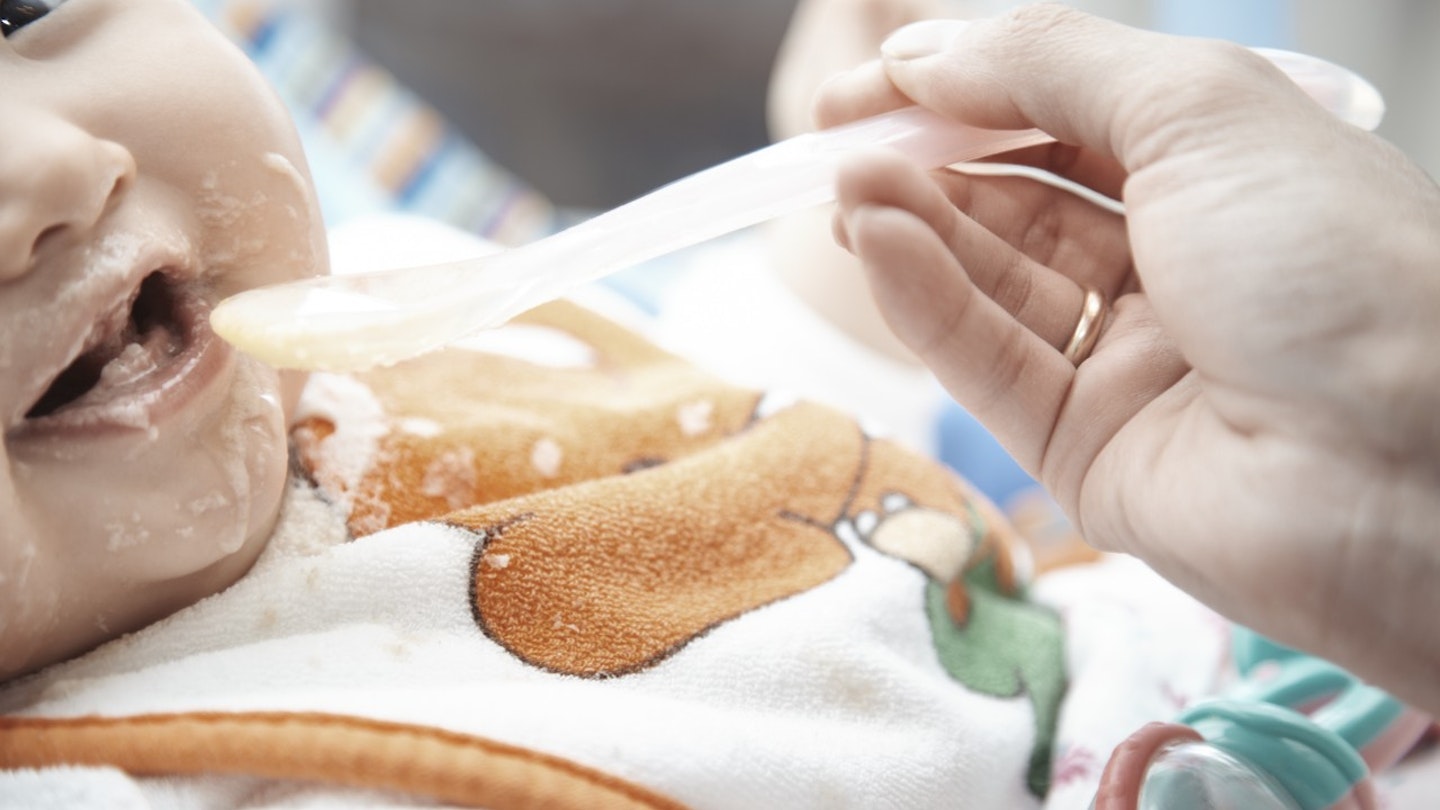From what to use and how to use it, discover our guide to creating the haute cuisine of the purée world
Before having a baby, the only puree experience you’d probably had was a decorative flourish on a plate at that new restaurant. But now the weaning stage is here and your child’s ready to get started – so it’s time to get a bit savvier on all things mashed and blended.
Pick your ingredients wisely
Start your baby off with flavours that aren’t too strong or overwhelming. ‘Root vegetables such as carrots and sweet potato are good, as are fruits like avocado and banana,’ says health visitor Nicola Joseph. ‘Citrus fruits may be a bit sharp for her taste buds.’ And remember to hold off on dairy until after six months – just breast or formula milk until then.After that, it’s fine to introduce cow’s milk into food.
Get the consistency right
Whether you’re chucking everything in a blender or mashing with a fork, the texture you’re going for is coarse, not runny like milk or yoghurt. ‘At around six months, your baby’s stomach can handle a thicker consistency, although blend it up a little more if he’s younger than that,’ says Nicola. Cook hard fruits before blending If you want to give your baby a hard fruit such as an apple or pear, take the skin off first and cook it to soften before pureeing. It makes it much easier to work with.
Leave the salt and sugar
You may go heavy on seasoning for your own meals, but steer completely clear of salt, sugar and strong spices for your baby’s puree. ‘It’s not healthy and just too much for him right now,’ says Nicola. ‘If you want to sweeten something, add a little apple or pear puree or – if he’s older than six months – a bit of milk or unsalted butter is good for flavour.’
Give single mixtures at first
When your baby’s trying a food for the first time, don’t mix it up with another puree just yet. By introducing it on its own, you can see how he reacts to it from an allergy point of view. Once you know it’s ok, you can mix it up with something else you’ve also tried before.
Store purée safely
If there’s been a slobber-covered spoon in the bowl of food, try to finish it that day or throw it. ‘Untouched puree is fine in the fridge until the next day, unless it has dairy in it,’ says Nicola. ‘Make a batch and freeze in an ice cube tray or special baby food freezer tray. Then pop into a freezer bag.’ Write dates on packets if you’re freezing in bulk so you know what needs using first.
